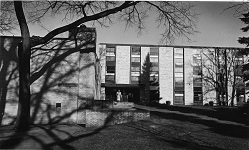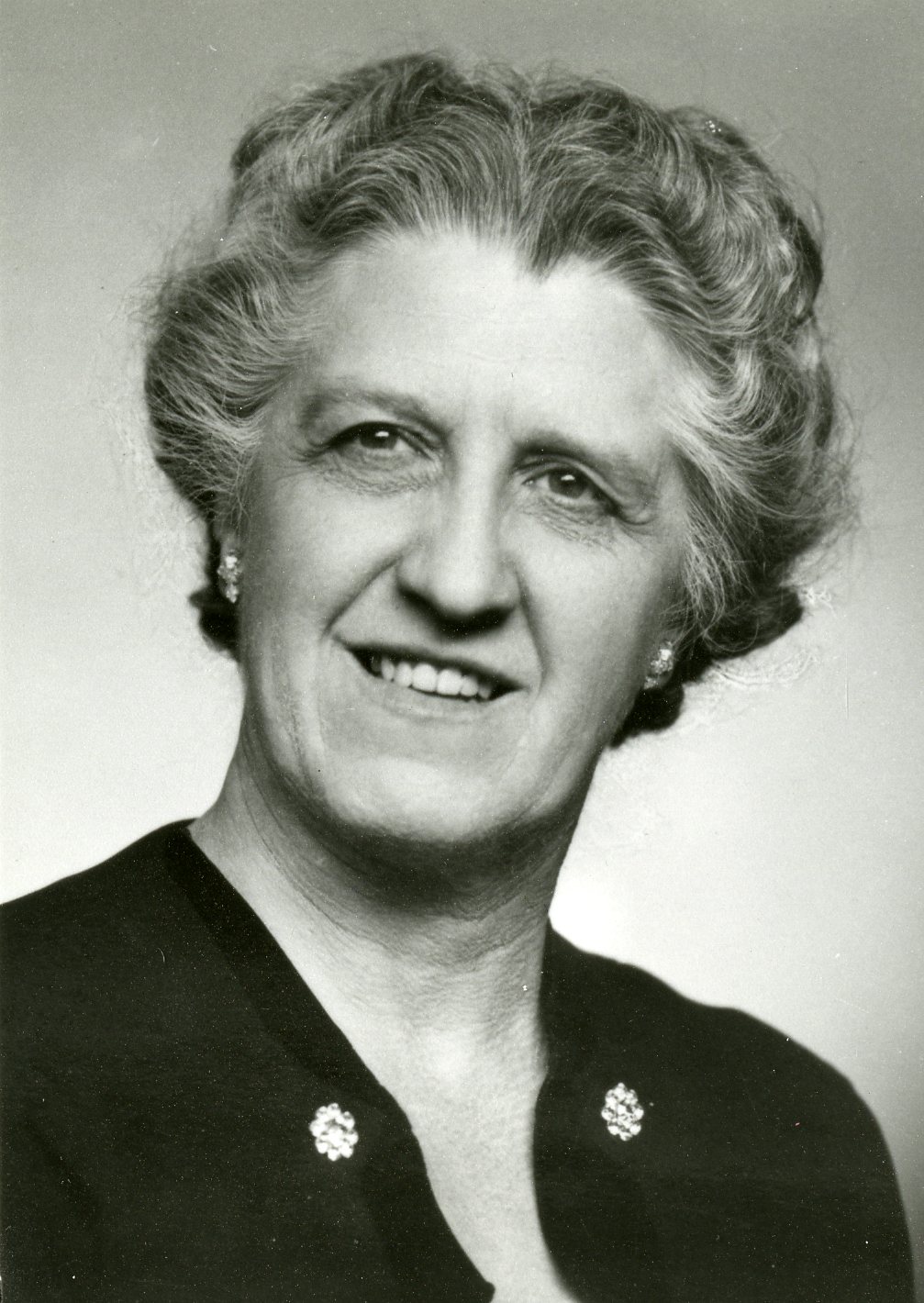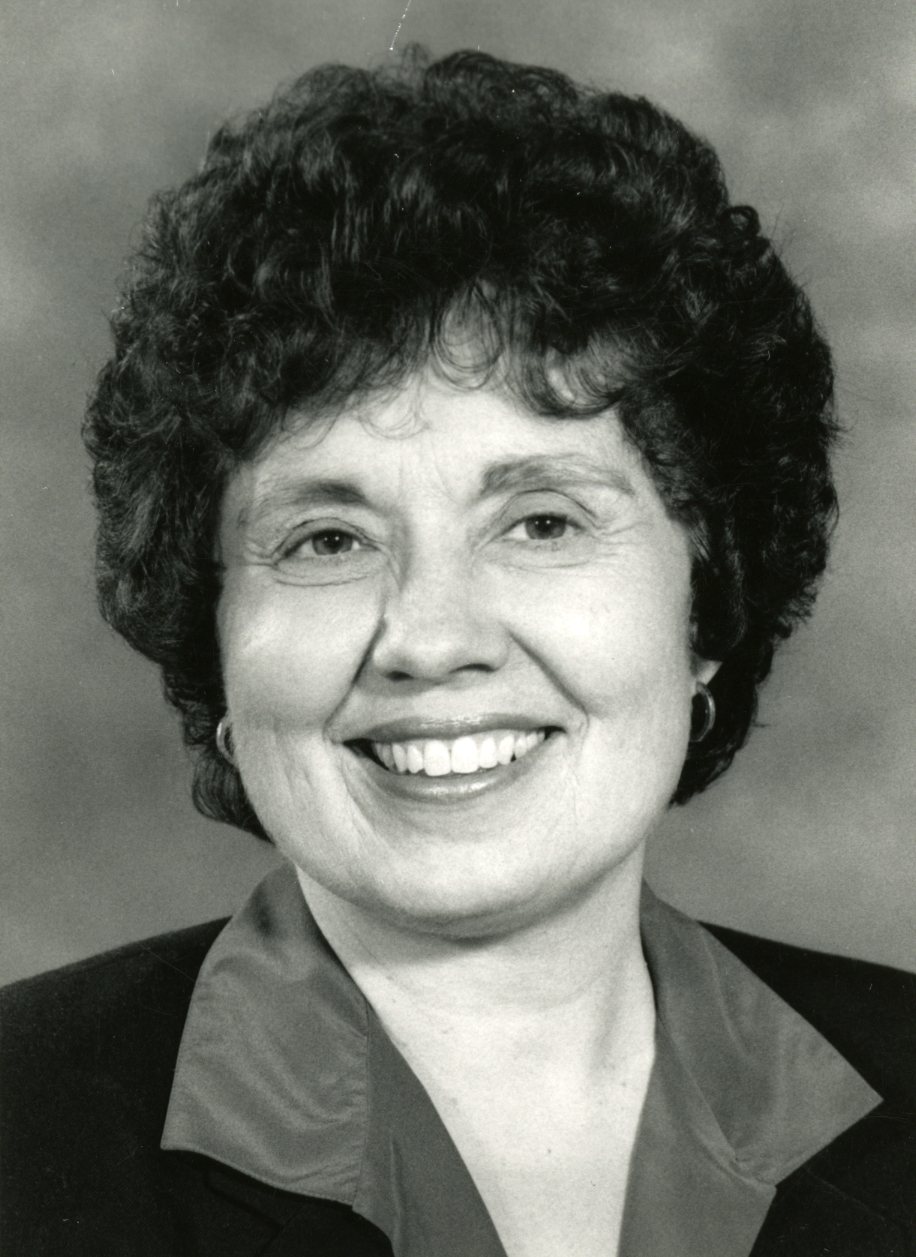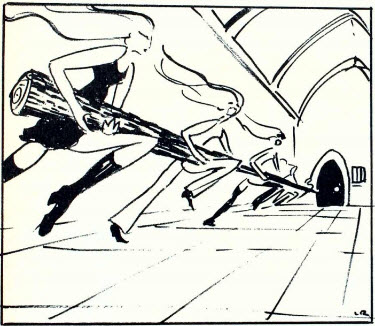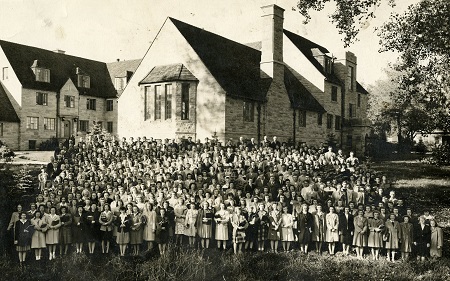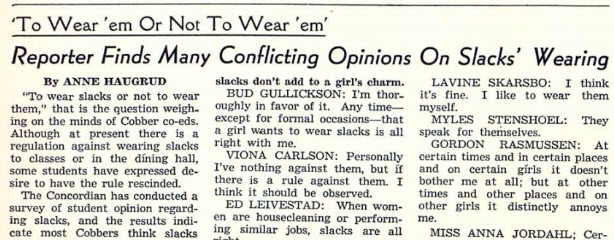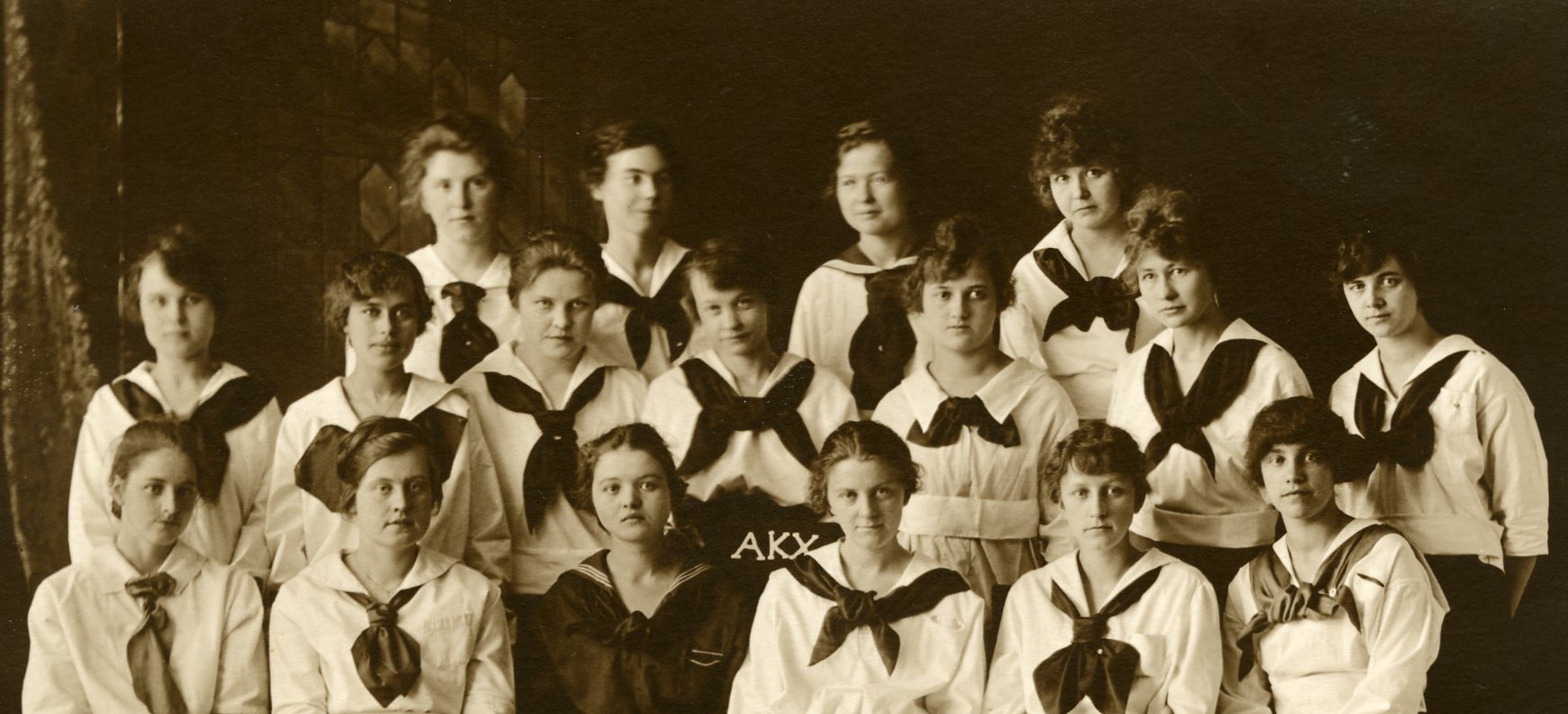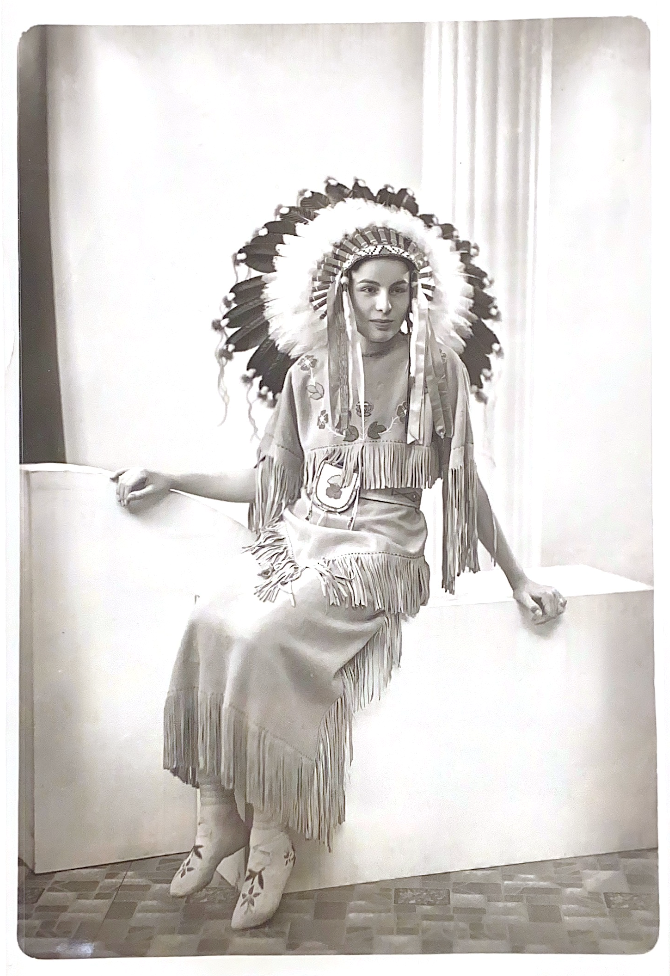 Imogene Baker Dogeagle was an extraordinary Cobber who went on to continue a legacy of excellence following her graduation from Concordia in 1939. During her time at Concordia, she was a very accomplished student, and was involved with many activities on campus. Her most notable accomplishments were achieved during her senior year when she served as the president of the Woman’s Athletics Association, president of the largest women’s dormitory on campus, and was chosen Homecoming Queen. Her election as a homecoming queen was especially momentous, as she was the first indigenous student to attend Concordia, thus making her the first indigenous woman to receive the honor.
Imogene Baker Dogeagle was an extraordinary Cobber who went on to continue a legacy of excellence following her graduation from Concordia in 1939. During her time at Concordia, she was a very accomplished student, and was involved with many activities on campus. Her most notable accomplishments were achieved during her senior year when she served as the president of the Woman’s Athletics Association, president of the largest women’s dormitory on campus, and was chosen Homecoming Queen. Her election as a homecoming queen was especially momentous, as she was the first indigenous student to attend Concordia, thus making her the first indigenous woman to receive the honor.
 Martha Brennun was a Norse and math instructor at Concordia, who later worked as registrar. Brennun was the salutatorian of the first collegiate class at Concordia. She also helped establish the first literary society at the college.
Martha Brennun was a Norse and math instructor at Concordia, who later worked as registrar. Brennun was the salutatorian of the first collegiate class at Concordia. She also helped establish the first literary society at the college.